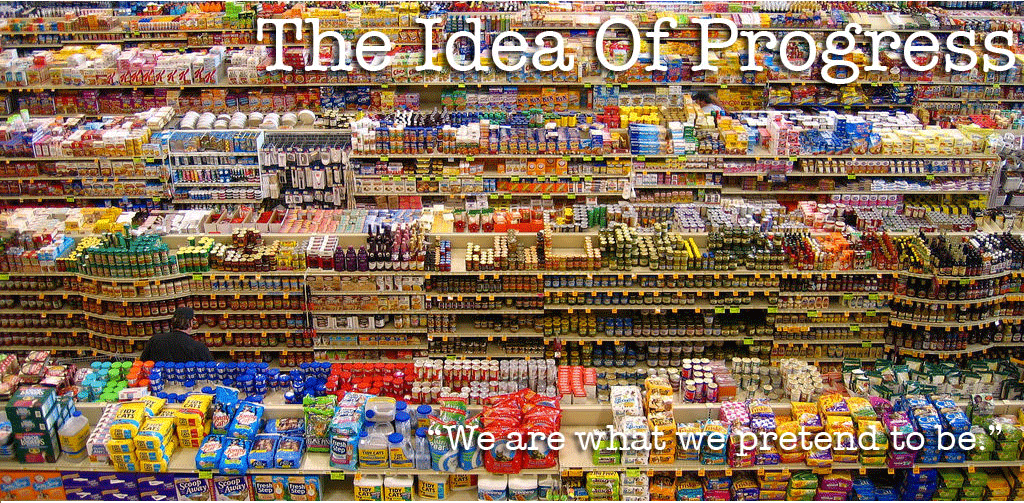
The top search term for the Idea of Progress has been "What do tannis taste like in wine?" for some time now. In light of that, I have come to the realization that people occasionally need help with wine, and don't want to turn to someone or something with a snotty attitude. But the Idea of Progress is here to help. Since many of us will be going to Christmas dinner in the next couple of days, and many of us will need to bring wine to the dinners, how can we choose which one will be good?
May I present the next chapter of the Wine School of the Idea of Progress:
A Somewhat Accurate Guide to Choosing a Bottle of Wine While Knowing Nothing About It
No matter how much you may know about wine, at some point you will be confronted with a selection that you know nothing about. There may be regions you are unfamiliar with, grapes you never heard of, and vintages you are unsure of. How do you know what will be worth buying if you've got no idea of what you are doing?
I've got a few useful tips that I've picked up over the years. They're not 100% accurate, but they've served me pretty well. When I need to buy a bottle, and have no idea what anything is, here are some of the things I take into consideration.
The Label
No, you shouldn't necessarily choose a wine by how pretty the label is. But there's one odd thing I've noticed about good wines and their labels. Is the label a matte finish or a glossy one? For some reason, the chances of getting a good wine are higher when the label is matte rather than glossy. I can only speculate as to why (and this leads to a second tip)--The more the winery is trying to draw your attention to their label, via shiny labels, pretty pictures, etc., the less likely the wine speaks for itself.
The Bottle
Pick up the bottle. Is it heavy or light? Does the glass feel thick or thin? Feel the bottom of the bottle. Does it have an indentation (called the punt)? How deep is the indentation? Another thing I've noticed is that the more money a winery spent on their bottles, the better the chance that the wine inside is worth protecting. If the bottle is heavy, that's a good sign. If it has a deep punt (all jokes aside), that's a good sign, too. If the bottom of the bottle is flat, that's a very, very bad sign, and I'd generally stay away. The exception to this rule are German and Alsatian white wines (or wines in this style). Their bottles are tall and slender and either green or brown in color. They always have a flat base, no matter how good they are.
Another thing I've noticed is that the more money a winery spent on their bottles, the better the chance that the wine inside is worth protecting. If the bottle is heavy, that's a good sign. If it has a deep punt (all jokes aside), that's a good sign, too. If the bottom of the bottle is flat, that's a very, very bad sign, and I'd generally stay away. The exception to this rule are German and Alsatian white wines (or wines in this style). Their bottles are tall and slender and either green or brown in color. They always have a flat base, no matter how good they are.
The Importer
Some people have a really great job, which is to be a wine importer. Basically, what they get to do is go around and taste wine all over Europe and import the ones that they like. The most well known of these have their names right on the bottle. If you see something on a bottle of wine like "A Kermit Lynch Selection" or "Selected by Eric Solomon," that's a good sign, because they were willing to put their name on the label, signaling that they approve. If someone's name on the bottle, that's always a positive (this typically appears on the back label).
The Region
A good rule of thumb to have is "The larger the region, the weaker the wine." If the wine only identifies itself as "California Wine" or "French Wine," the chances for it to be good are significantly less that one labeled "Sonoma Coast" or "Bordeaux." The reason for this is that if it just says 'California" that means they can source grapes from all over California, from the good, expensive regions (like Napa) as well as the cheap, high producing but inferior regions (the Central Coast). If it says "Napa Valley, that means ALL of the grapes have to come from there, giving you a more focused and probably superior product. This rule holds fast for the entire world of wine.
The Store
Never buy wine in a supermarket. With the rare, rare exception, they all suck. Stores like Whole Foods or Trader Joe's are a little bit different--they specialize in wine, and will have someone there who can help you out. But don't buy wine in a supermarket, unless you are buying champagne (since they often will carry Veuve Cliquot or Moet & Chandon). Go to a wine shop, or to a Whole Foods or Trader Joes. Or even Costco, who generally have a few good items there. Places like these will provide someone who works there, who generally knows their wine, or at least knows something about their stock. Ask these people. If they're not any help, follow the above rules. 
Following these rules will not guarantee you a superior bottle of wine, but they will give you a fighting chance. If you have any questions, feel free to email me or leave a comment below.
Good luck!
23 December 2007
A Somewhat Accurate Guide to Choosing a Bottle of Wine While Knowing Nothing About It
Posted by
The Idea Of Progress
at
12:43 PM
![]()
Labels: choosing a bottle of wine, wine school
Subscribe to:
Post Comments (Atom)




4 comments:
don't forget to sniff the cork after it's opened... all the cool kids do it.
Johnny Yen's rule for picking a decent wine:
1. Avoid wines in a box. Unless of course that's all they have at the party.
2. I can't think of a second rule.
As always, excellent advice.
I might have to steal this and turn it into a presentation for speech...muahahaha!
Post a Comment